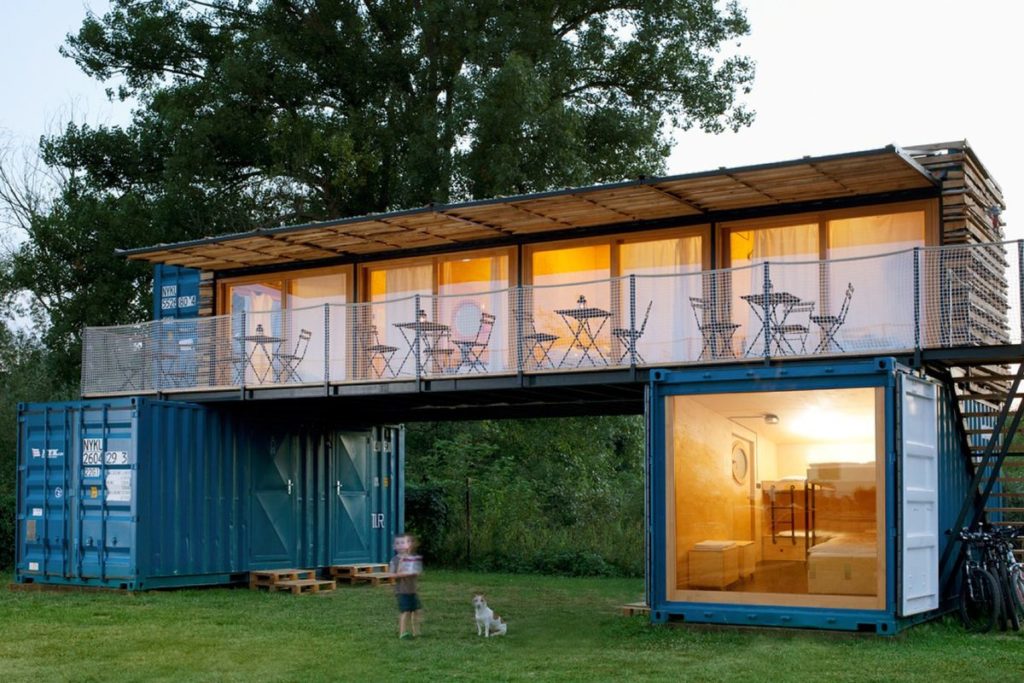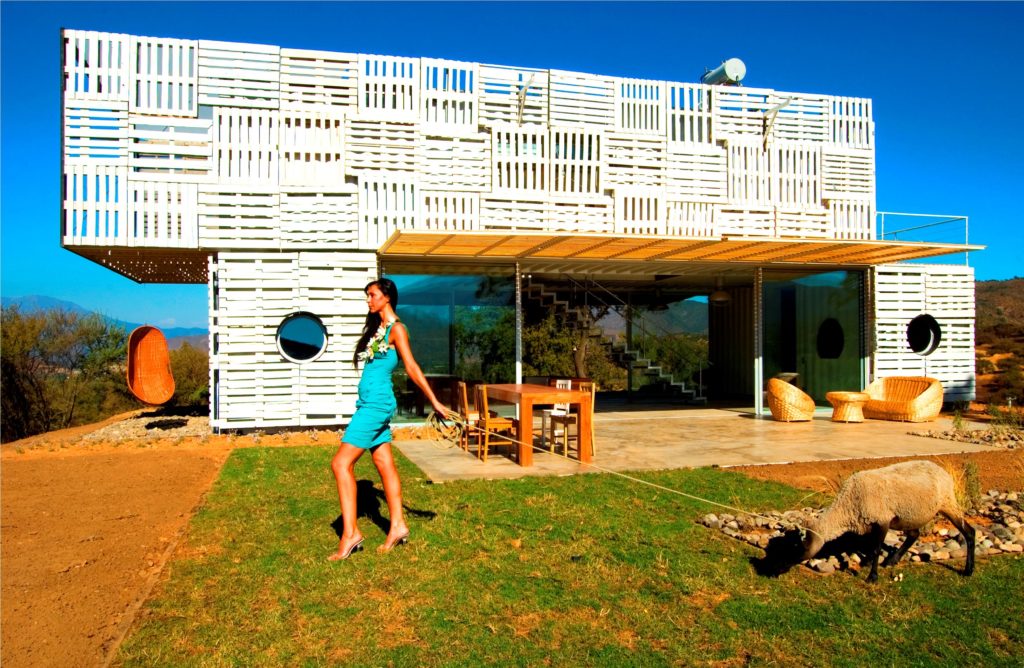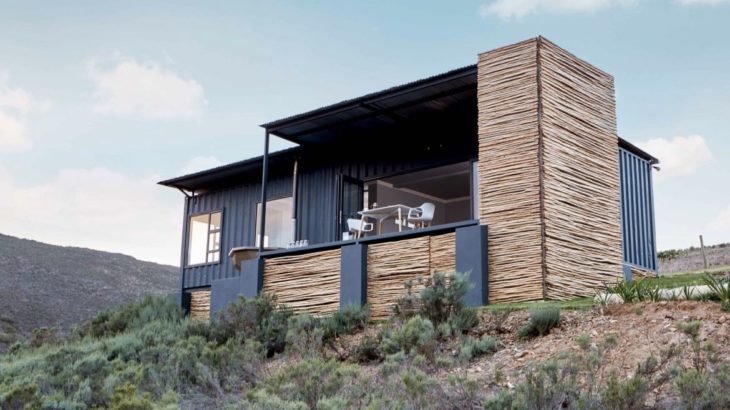There is a new and exciting trend sweeping the globe, with an ever-growing number of people turning to shipping containers as an alternative to brick and mortar as a construction material for homes. If you have been searching for a new and exciting place to live that is not only affordable, but allows you to optimize, arrange and build a truly customized housing solution, then shipping containers could be the option you’ve been waiting for.
Here is how shipping container architecture is shaping our reality and way of life, and how you can benefit from its sustainable and ingenious features.
In their essence, shipping containers are considered disposable items, or waste, if you will. This is because most countries import goods on a much higher volume and frequency than they can export them, resulting in millions upon millions of shipping containers lying dormant in warehouses and shipyards around the world.
The current situation poses great threats for the environment and the future of the planet, yet eco-conscious people across the world have come up with the concept that by relieving the trade industry of container waste and buying the shipping containers at affordable prices to repurpose them for building homes, hospitals, pools, playgrounds, warehouses and every other kind of housing space in between, we are not only presenting a sustainable solution, but it also offers the most economical and effective solution for those who are less fortunate and in need of a home. Shipping containers are cheap, and it doesn’t take a significant amount of resources to build shipping container communities for the homeless.

Price, Speed and Creativity
While sustainability plays a key role in the drive and the recent boom behind shipping container architecture, there are numerous accompanying benefits that make this trend the housing solution of the future:
Firstly, as mentioned above, shipping containers are affordable. For instance, used containers that are in peak condition can be found for as low as $2000. Furthermore, shipping containers come in various sizes and a standardized rectangular shape, with sizes spanning from 10-metre to 3-metre-deep containers.
Typically, two 10-metre-deep containers are enough to build a solid foundation for your house, while smaller (and cheaper) containers can be used for additional features, rooms and construction updates. By removing a wall on each of the containers and welding them together, you can build a spacious living room easily, and by removing the upper sides, you can expand the ceiling to fit two more containers.
Secondly, the speed at which container homes are built is significantly higher than any other construction method, which is why it presents the best and most efficient solution for building homes quickly in areas where natural disasters are common. The simplest homes can be built in a matter of days if enough manpower is employed, and more complex living areas, such as your dream home, can be finished, buffed and polished in a matter of weeks.
There are two ways you can quickly build your container home. One is by stacking them together and cutting the openings, welding the sides and constructing the electrical and pipe networks, and the other is to cut and create all the necessary networks before you begin the stacking and positioning process. Your contractor should present you with the best option for your needs, while certain vendors can give you an objective insight into the most cost-effective pieces you will need for your project to run smoothly and efficiently.
Thirdly, shipping container architecture allows for creativity and individual interior and exterior design solutions. While traditional brick and mortar spaces can be modified and updated to a certain degree, you can implement almost any design your mind can conjure up into your container home, provided you do not plan to remove load-bearing walls. Popular features include raising gardens and private oases on container roofs and balconies and removing the sides to create glass walls to let plenty of sunshine in the house.

Things to Consider
So far, container homes might seem to you like a viable and efficient option. However, before you move onto construction, you need to make sure you have considered the basics.
First of all, make sure you have ample manoeuvring space for the delivery, placement and modification of your containers. You will also need to consider how you will get the containers to your building site, since very few factories or shipyards offer a private delivery service. Also make sure you thoroughly inspect containers for any irregularities such as dents, scratches, cracks and holes in order to avoid paying for repairs.
Next, research and adhere to the local laws and regulations before you start any form of construction. State laws vary from region to region and it is imperative to gather the necessary paperwork in time in order to avoid costly fines and delays.
Additionally, keep in mind that containers are metallic objects that are not famous for their insulation properties, so properly and thoroughly insulating the house a must to ensure healthy and safe living conditions.
Finally, due to their relatively thin construction, containers might not be suitable for windy environments, since the wind can sound unpleasantly amplified when not outright shaking your walls. You can counter this problem by introducing wind-resistant solutions, such as external insulation, planting high-rise vegetation and even building glass screens in order to stop the wind completely.
Shipping container architecture is one of many eco-friendly, practical and sustainable inventions of the modern era, and a leading contributor in the fight against waste accumulation and pollution, while offering one of the best solutions for housing amidst the global population crisis. With the insights into the advantages and fine intricacies surrounding this innovative trend provided by this article, we hope you have been inspired to create your very own sustainable home and enjoy the numerous benefits it brings.



















